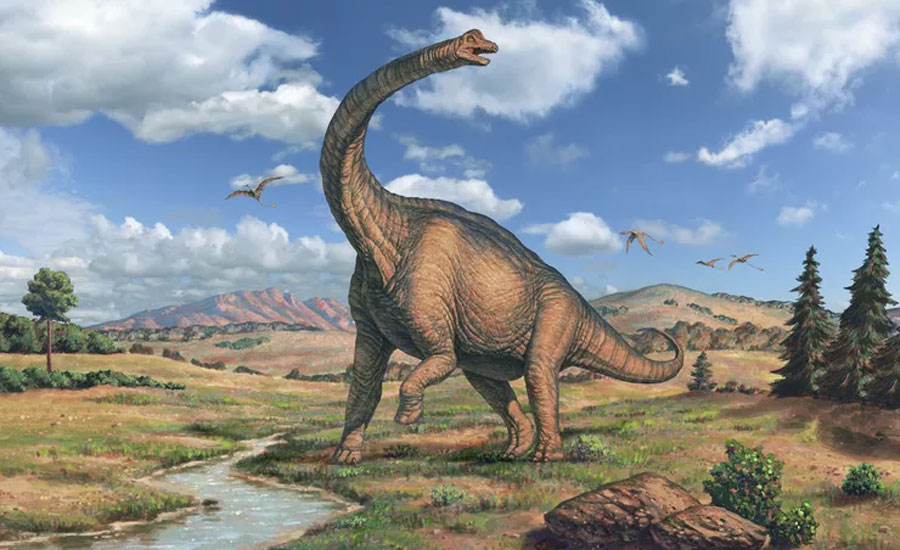
Name: Brachiosaurus (Arm lizard).
Phonetic: Brak-he-o-dore-us.
Named By: Elmer S. Riggs - 1903.
Classification: Chordata, Reptilia, Dinosauria, Saurischia, Sauropoda, Titanosauriformes, Brachiosauridae.
Species: B. altithorax (type).
Type: Herbivore.
Size: Approximately 26 meters long.
Known locations: USA, Morrison formation.
Time period: Kimmeridgian of the Jurassic.
Fossil representation: Several specimens, the most complete of which is believed to have come from a sub adult.
The sauropod dinosaur Brachiosaurus earned its name from the fact that the arms, or rather the fore legs as it was quadrupedal, are actually longer than the hind legs. The fact that these are longer offers Brachiosaurus a passive advantage in reaching up into the tree canopy to feed as the neck is always arched upwards as a result. Since the skeleton and vertebrae would be angled in such a way, Brachiosaurus would not need extra powerful muscles to lift the head and neck all the way up, reducing the effort to feed in such a specialised way.
A further adaptation were the presence of air sacs located along the neck and trunk of Brachiosaurus. These connected to the lungs and had the effect of lowering the body density which in turn would reduce the total weight of the neck and trunk areas.
These adaptations meant that Brachiosaurus could easily live the life of a high browser feeding upon the tree canopy. Such specialisation also meant that Brachiosaurus would not have to compete with other herbivorous dinosaurs such as the low browsing Stegosaurus. Brachiosaurus could not chew its food as its jaws were only capable of opening and closing. Because of this it would use its spatulate (chisel like) teeth to crop the vegetation from the tops of trees.
Its possible that Brachiosaurus was gigantothermic meaning its massive body would hold onto body heat for longer than a smaller animal. This would give Brachiosaurus a higher metabolism than a ‘standard’ cold blooded or ‘ectothermic’ animal. However, the air sacs that would have been present inside of the body may also have provided extra cooling allowing Brachiosaurus to lower its body temperature and metabolism. This would also reduce the required calorie intake to keep its body going, reducing the required amount of time for feeding.
Fossils that were very similar to Brachiosaurus were recovered from the Tendaguru formation in Africa in 1914. This new species was given the name Brachiosaurus branchai, but upon further study of the bones, several morphological differences were discovered, and while the new specimen was similar to B. altithorax, it was still different enough to be considered separate. B. brancai has since been renamed Giraffatitan, with the type species changed to G. brancai.
It was once thought that Brachiosaurus had a skull like Giraffatitian, but when that was split off into its own group a possible key difference came to light. The crest forming bone that rises from the top of the skull of Giraffatitian, is much smaller in Brachiosaurus fossils. This crest was once thought to contain the nostrils but modern reconstruction places the nostrils further along the snout. This has led to speculation that this may have instead been a form of resonating chamber that could have been used to amplify the calls of Brachiosaurus.
This is a Loan article reproduced from Prehistoric Wildlife

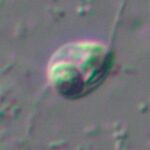

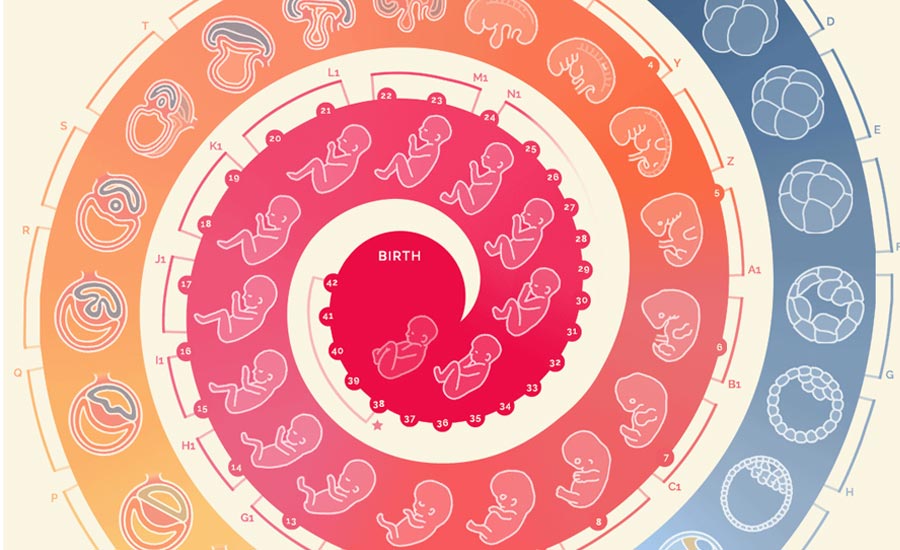
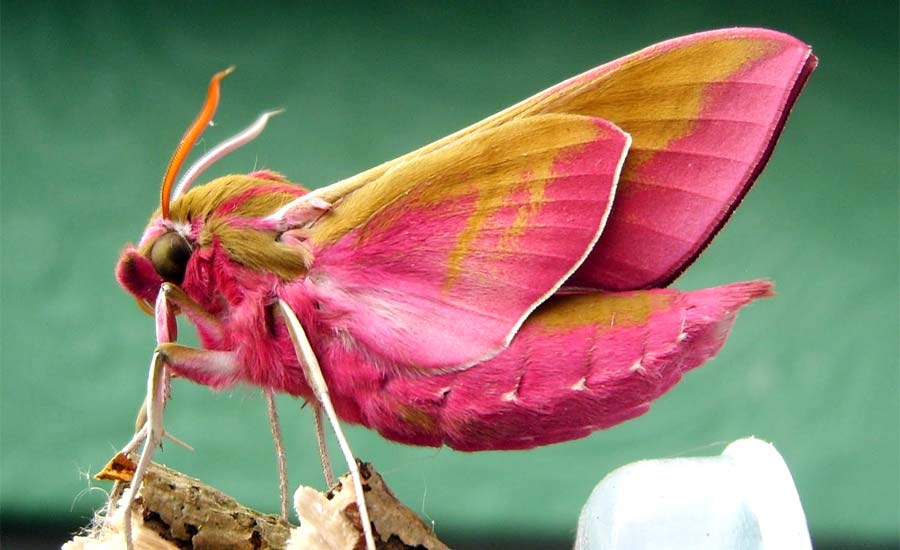

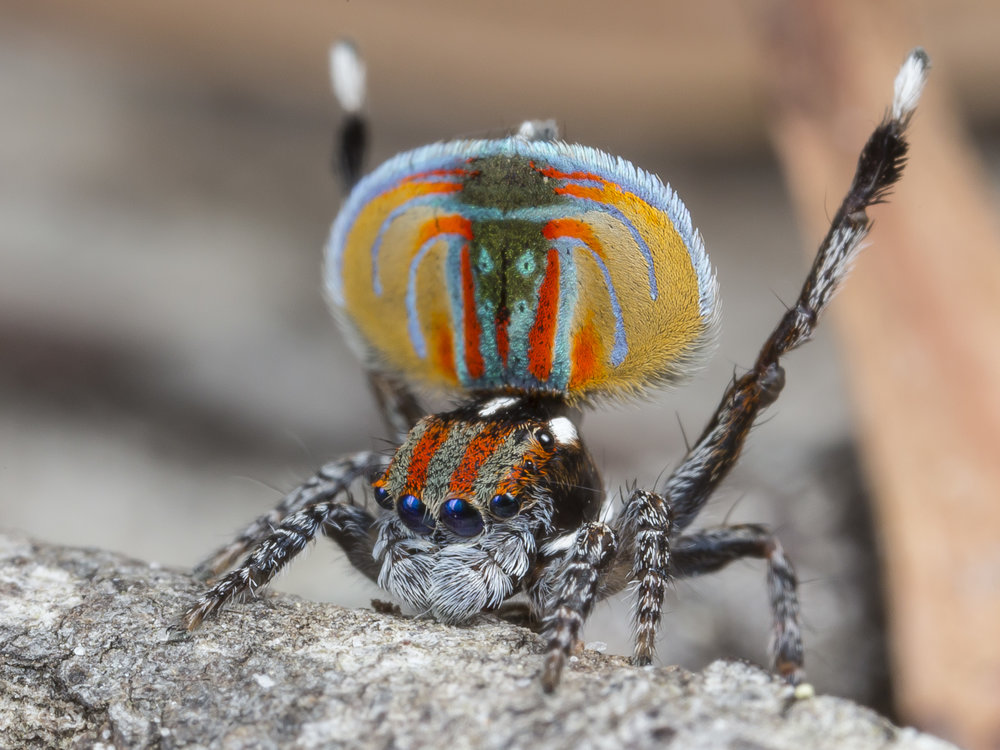
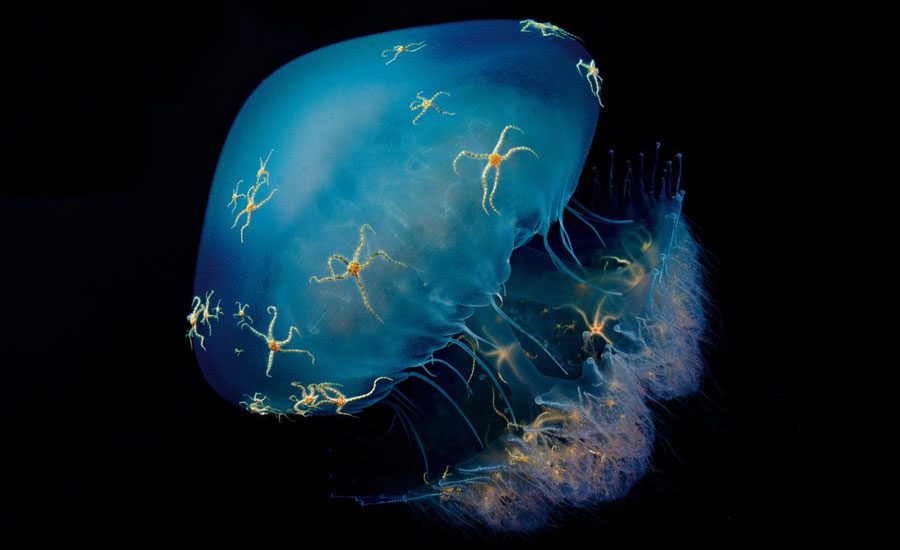




Leave a comment